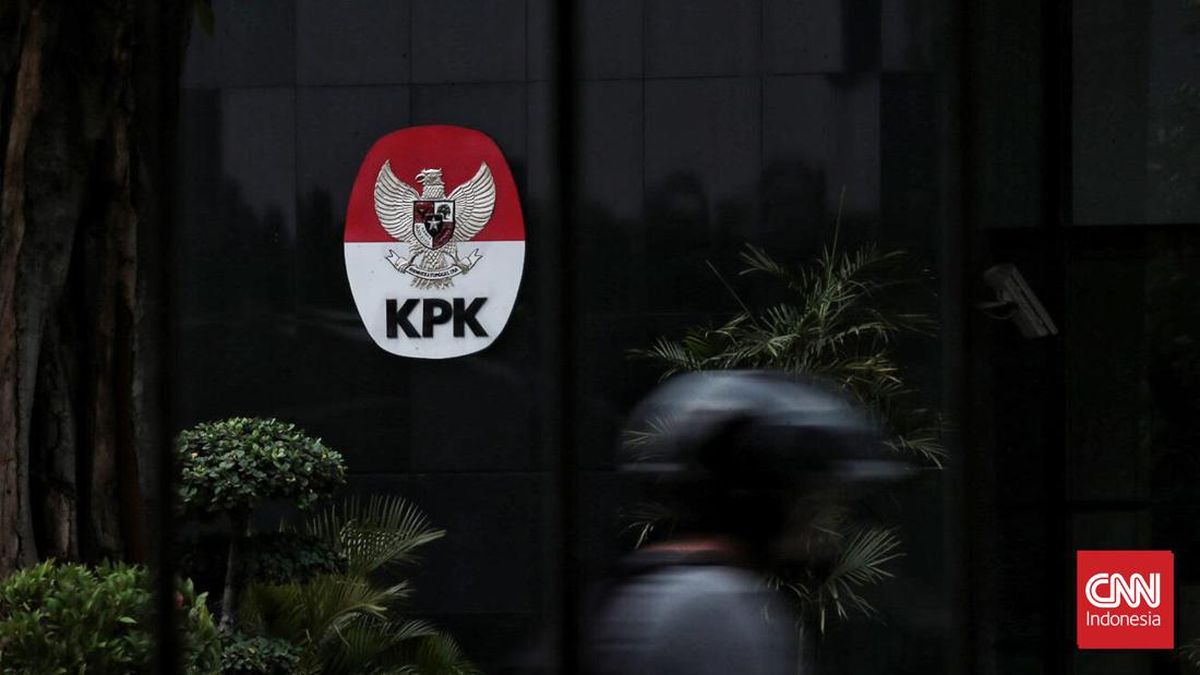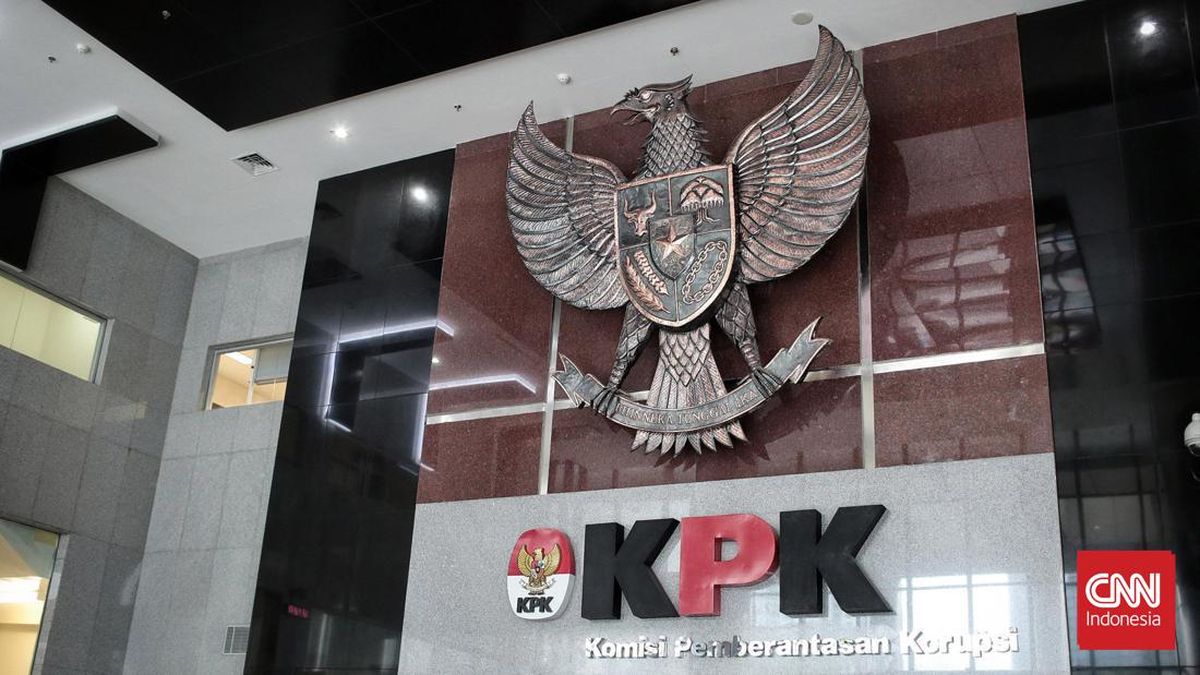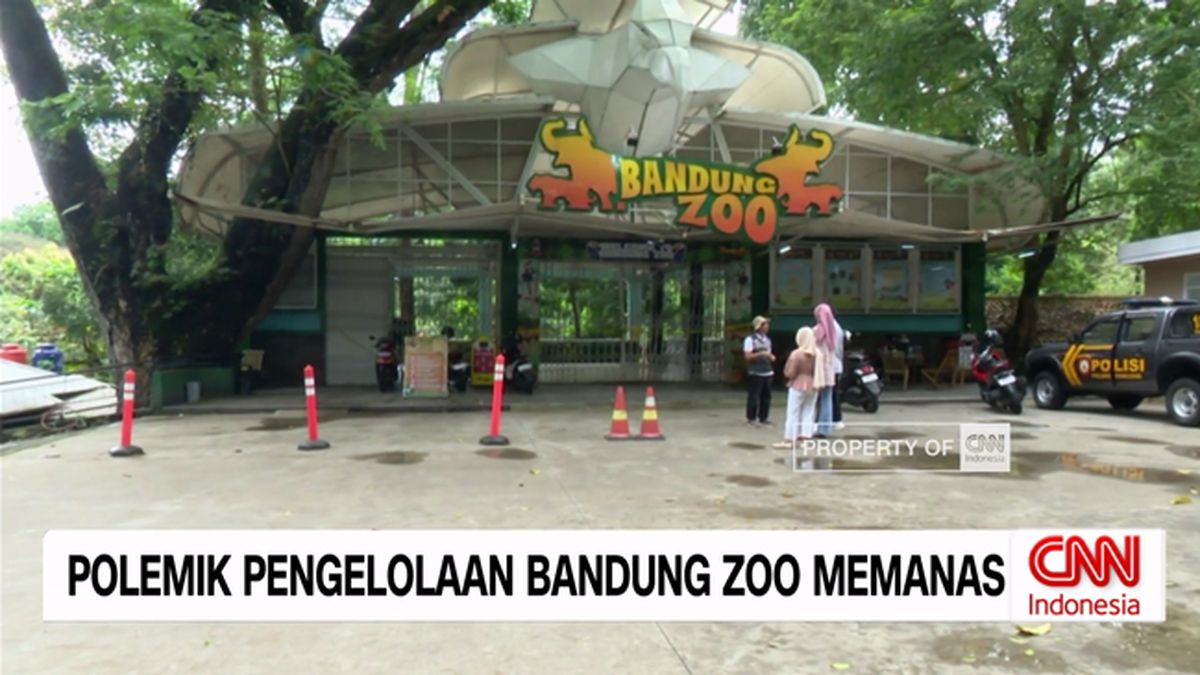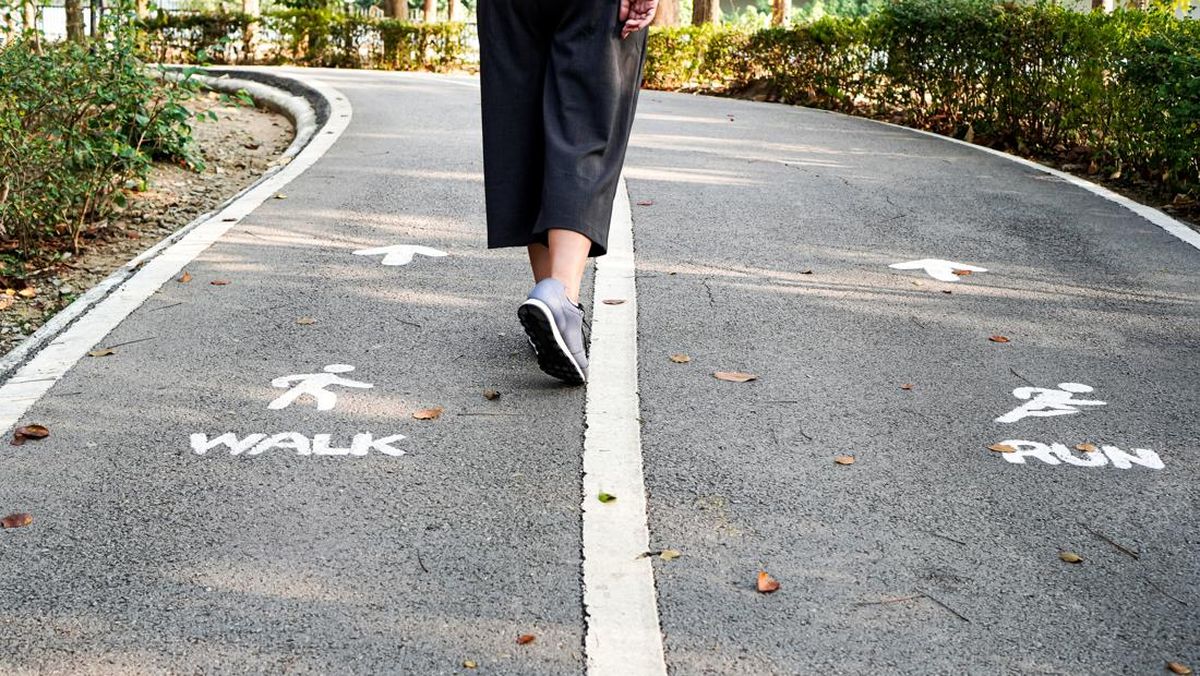A developer with a history of non-compliance could be allowed to build a 16-storey high-rise on Brunswick’s historic brickworks site under new planning rules, and drive up the land value, which residents say is rewarding bad behaviour.
As part of the Victorian government’s major push for higher density in inner Melbourne, mooted changes on building heights in Brunswick would grant a significant advantage to the site’s long-time developers, Glenvill Homes and Ninety-Four Feet. They have previously sought approval for eight storeys on the last undeveloped piece of land on the former Hoffman Brickworks precinct.

Residents (from left) Luba Khromchenko, Mark Nelson and Di Bambra at the Brunswick site of the proposed development.Credit: Chris Hopkins
But the same developers have been accused by Brunswick residents, their MP and their council of “demolition by neglect” that led to the loss of previous heritage buildings on the very plot that could become available for a high-rise tower.
The developers are also yet to repair a crumbling heritage chimney on the site, which was first fitted with scaffolding under emergency orders in 2021 and contributed to extraordinary insurance premiums for existing residents on the brickworks site.

Dean Rzechta, managing director of Ninety-Four Feet.
Rachel Tyler Jones, who has lived at the former brickworks since early 2023 and has fought to have the derelict chimney addressed, said the proposed height allowance for the site was unfair while residents were still shouldering the financial burden of long-running heritage issues.
“I cannot understand how this is happening,” she said. “It just doesn’t seem like it should be possible that the system is so stacked against the human beings living in these buildings, wanting to create a community.”
Ruth Giles, a co-convenor of Save the Brickworks heritage group, said the new height would visually overwhelm and obscure the sight lines of the historic 16-storey chimney and reward a developer who has demonstrated a, “very poor history of meeting any of their commitments”.
The resident backlash prompted Greens MP Tim Read, the member for Brunswick, to write to Planning Minister Sonya Kilkenny last week, requesting a moratorium on any further development approvals to the developer until it complies with all outstanding heritage orders.
The request forced a concession from one of the developers when approached by The Age.
Ninety-Four Feet managing director Dean Rzechta said the companies “will not undertake any development until those heritage orders are satisfied”. He said the developers would be comfortable promising Heritage Victoria that the chimney repairs “must be completed” as a precursor to any future development approval.
Tyler Jones said completing the repairs before any potential development must be absolutely non-negotiable.
“I think it would just be basic fairness if the minister said they [the developers] needed to finish what they’d started before they were allowed to move on to new projects and continue to make profit off other people’s housing,” she said.
Fellow resident Mark Nelson said the chimney and scaffolding was a “ticking timebomb” and the residents feared a serious injury or worse.
“The biggest thing that worries us, is that someone’s going to end up doing something very bad on that scaffolding … there’s kids going on it all the time,” he said.

Scaffolding around the crumbling heritage-listed chimney in June. The last undeveloped parcel of land on the former brickworks site is at left.Credit: Joe Armao
“Our street has been basically cut off for four years [by the scaffolding] ... it would be incredibly disappointing if we’ve had to put up with this, and then there’s a golden goose for the developer at the end of this saga.”
Rzechta said the developers “had no input or involvement in shaping the proposed height limits”. A spokeswoman for Kilkenny said the minister had not met with the developer about the new planning controls.
In June, The Age reported the financial burden on one of the existing owners’ corporations on the site had escalated at an alarming rate. The insurance premium for the owners’ corporation had more than doubled in the four years since scaffolding was erected, rising from $54,714 in 2021 to a projected $120,000 this year, largely due to the high-risk heritage defects.
The developers, who own the crumbling chimney as a private lot, contribute just $28 a year into the owners’ corporation fund, while individual apartment owners pay between $8000 and $10,000 each in annual levies.

Aerial images of the brickworks show the collapse and demolition of two structures, and the scaffolding erected in 2021. The site of the demolished shed will be available for 16-storey development.Credit: NearMap
Rzechta denied that the residents’ insurance increases were solely due to his company’s chimney, and noted another chimney on the site that needs repairs, which residents are responsible for.
Rzechta blamed the scaffolding company, Stilcon Industrial Services (SIS), for the long delay on repairs.
“SIS has not commenced dismantling [the scaffolding]. Their delay remains the barrier preventing the chimney 1 permanent repair,” he said.
Rzechta said his company’s renewed legal action with the scaffolding contractor relates only to “hire” fees, and that a court-agreed dismantling figure “is already in trust pending SIS meeting its obligations”.

Brunswick residents in front of the problem chimney in June.Credit: Joe Armao
The scaffolding company did not respond to a request for comment. But The Age has seen an email that suggests the company has refused to take down the scaffolding as the former brickworks is not up to safety standards for its workers.
The planning changes flagged last month are part of a massive push by the state government for more density in Melbourne’s already well-connected suburbs, with “activity centres” planned around train and tram stops.
A spokeswoman for Kilkenny said the Planning Department was currently consulting on draft maps across 25 train and tram zones across Melbourne, including Brunswick, and was prepared to make changes that reflect community feedback.
But Merri-bek City Council argues that the process was deficient, and said it was “difficult for officers to understand the reasoning behind the proposals or provide meaningful comment” because of the lack of detail in the maps.
Established in 1870, the brickworks site was once a major industrial hub, producing 40 million bricks a year. When the site was sold for redevelopment in 1996 to become the mix of townhouses, apartments and kiln-converted units it is today, the sale was based on the explicit condition that its crucial heritage would be saved.
Public consultation on the draft activity centres program closes on October 15.
Know more about this or another story? Reach Rachael Dexter securely via ProtonMail (end-to-end encrypted) at [email protected] or message her on Signal at rachaeldexter.58.
Most Viewed in Politics
Loading


















































